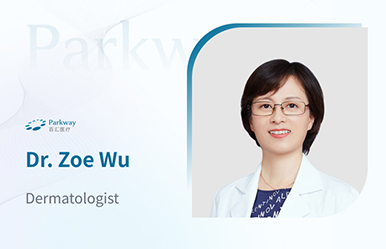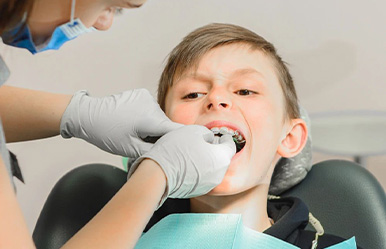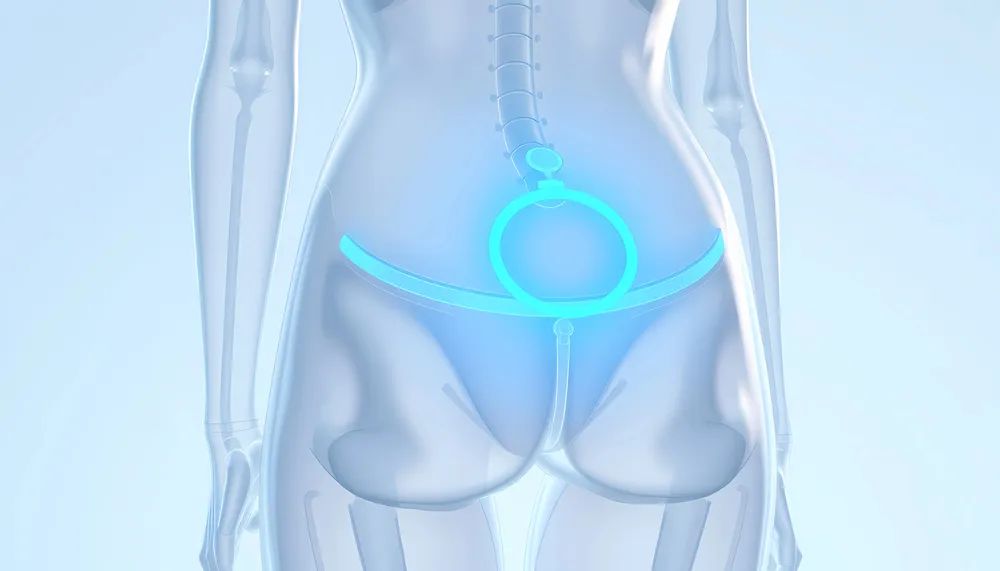How to Prevent Breast Cancer
2021-10-14
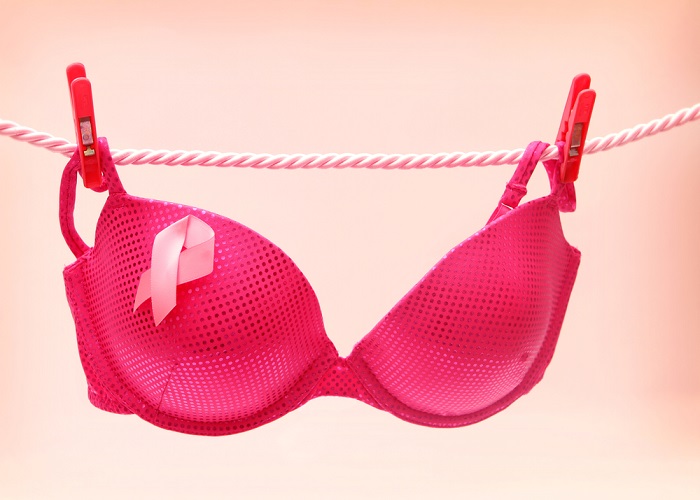
There are steps you can take to reduce your risk of
developing breast cancer, and overcome the disease with early detection and
treatment.
Who is at risk of developing breast cancer?
Women over 40 years of age have a greater chance of developing breast cancer. Here are some other risks to be aware of.
Your family history – Having a family history of breast
cancer increases your risk of the disease. That risk doubles if a first degree
relative, such as your mother or sister, has breast cancer, because 5 – 10% of
breast cancers are hereditary. Patients with an inherited genetic mutation
causing cancer usually have multiple first and second-degree relatives
with breast, or other, cancers related to the mutation. Common genetic
mutations like BRCA 1 and 2 raises the lifetime risk of developing breast
cancer to between 60 – 80%.
Your reproductive history – If you delayed having children
to beyond age 35, your menses started before you were 12, or you entered
menopause late after age 55, you will have had a more prolonged exposure
to estrogen than the general population, which increases your breast
cancer risk.
Your lifestyle – Your weight and dietary habits also play a
part in increasing your risk. Excess weight and lack of exercise, especially
post menopause, can increase the risk of breast cancer. Similarly, a diet high
in red meat, animal fat and alcohol can increase that risk. Conversely, soy
products, omega 3 oil from fish and a diet rich selenium and vitamins A, C and
E can help protect against the disease.
Your exposure to hormones – Prolonged oral
contraceptive or Hormone Replacement Therapy (HRT) use increases the risk of
breast cancer. When considering hormone therapy, discuss the risks and benefits
with your doctor.
It’s not just a disease for older women
The rise in breast cancer cases among pre-menopausal women
may be attributed to today’s urban lifestyles, where women tend to delay having
children into their 30s, and generally have fewer children. An unhealthy and
sedentary lifestyle also plays a factor along with smoking and increased
alcohol consumption.
How to reduce your risk of breast cancer
Breast self-examination – Check your breasts monthly
(between Day 7 to Day 10 of your menstrual cycle) for any changes. If you
notice changes such as dimpling of the skin or a change in the appearance of
your nipples, get this checked with your doctor.
Breast cancer screening – Start screening for breast cancer
with annual mammograms once you reach age 40, or 10 years earlier than the age
of the youngest afflicted family member in the family. This is currently the
most reliable screening tool for breast cancer as it can detect the presence of
cancerous lumps even before they can be felt during a breast
self-examination.
Healthy lifestyle choices – Maintain a healthy weight,
consume a nutritious diet, reduce your intake of alcohol and don’t smoke. Women
who observe a Mediterranean diet supplemented with extra-virgin olive oil and
mixed nuts seem to have increased success at staving off breast cancer. This
diet is primarily plant-based and includes healthy fats such as olive oil
instead of butter, and fish instead of red meat.
Genetic counselling and genetic testing – If you have
multiple family members with breast or ovarian cancer, you may consider genetic
counselling to assess your breast cancer risk. Women at high risk of breast
cancer need to discuss further preventive measures with their breast surgeon or
oncologist. Options include hormonal therapy or prophylactic
mastectomies.
Preventive prophylactic mastectomies – Women at high risk of
developing breast cancer may opt to undergo bilateral mastectomies, or the
removal of both breasts, before any cancer is detected. This results in a 90 –
95% reduction in the risk of breast cancer occurring. Bilateral breast
reconstruction is commonly performed at the same time, so that the patient
suffers the least socio-psychological stress.
Diagnosing breast cancer
Mammography is not only used in screening for breast cancer
but aids in its diagnosis as well. It is a type of low-dose X-ray that delivers
images of the tissue within the breast. If abnormal findings are detected,
further additional images of the breast may be required to give a clearer
assessment of the area of interest.
A mammogram can help detect calcifications and masses in the
breast but can’t prove these changes are due to cancer. Your doctor will order
further tests such as a biopsy to make a confirmed diagnosis.
Mammography has improved over the years and 3D mammograms
now lead to fewer call backs for further imaging and are better at detecting
changes, even in dense breasts.
If you are a woman over 40 years of age, or are at higher
risk of developing breast cancer, go for a regular mammogram every year. It’s a
simple procedure that may just save your life.
For more information or to make an appointment with a Gynecologist, please contact 400-819-6622.
Reviewed by Dr. Grace Chen, Gynecologist
at ParkwayHealth
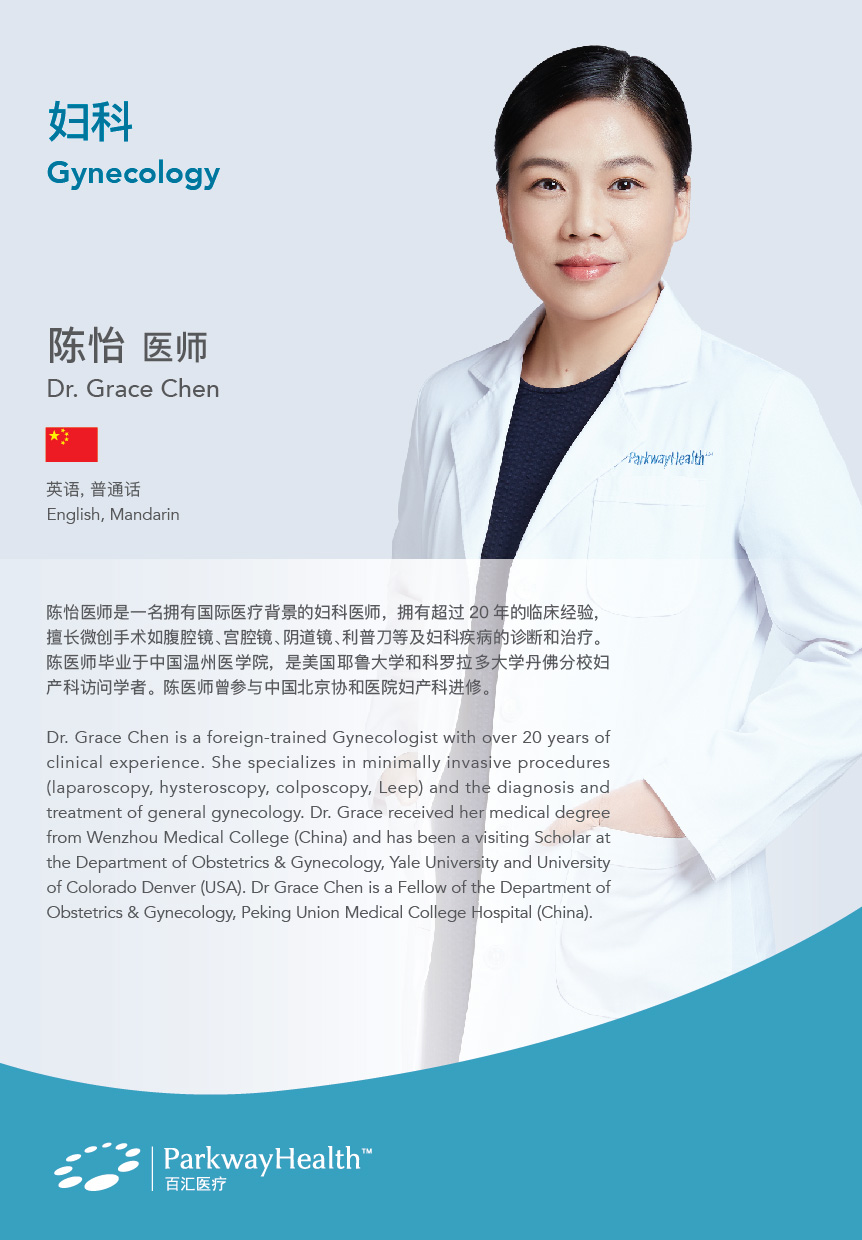
Copyright: Health Plus an online health
and wellness web resource developed by Parkway Singapore
References :
Retrieved 18 March 2021 from https://www.mavensurgery.com.sg/breast-surgery.html
Retrieved 18 March 2021 from https://www.singhealth.com.sg/news/patient-care/more-women-in-singapore-diagnosed-with-advanced-breast-cancer-younger-women-not-spared-disease
Retrieved 18 March 2021 from https://www.nccs.com.sg/patient-care/cancer-types/cancer-statistics
Retrieved 18 March 2021 from https://www.singaporecancersociety.org.sg/learn-about-cancer/cancer-basics/common-types-of-cancer-in-singapore.html
Retrieved 18 March 2021 from
https://www.medicalnewstoday.com/articles/37136#symptoms
Retrieved 18 March 2021 from https://www.mayoclinic.org/healthy-lifestyle/womens-health/in-depth/breast-cancer-prevention/art-20044676
Retrieved 18 March 2021 from https://www.singaporecancersociety.org.sg/get-screened/breast-cancer/mammogram.html
Retrieved 18 March 2021 from
https://www.cancer.org/cancer/breast-cancer/screening-tests-and-early-detection/mammograms/mammogram-basics.html







